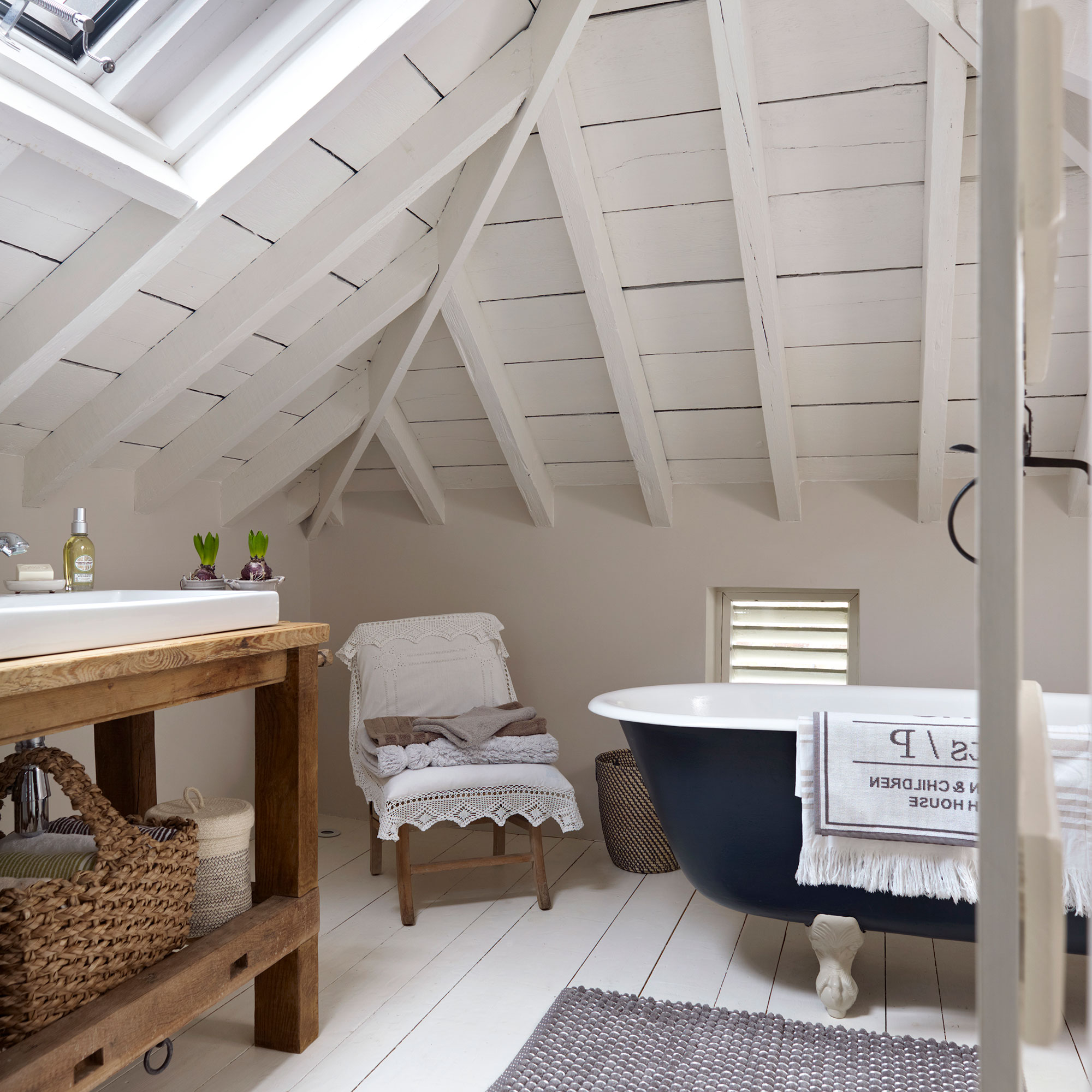
If your home constantly feels cold and your walls feel damp, your boiler is probably working overtime to heat your house. But you don’t have to overload yourself with extortionate energy bills to tackle the winter chill. Instead, all you need to do is know how to insulate a home.
Yes, there are so many options to keep your house warm in winter. But insulating your home sets in motion a butterfly effect that quite literally pays off. After all, a well-insulated home will save you money on energy bills, increase your home’s EPC rating, and boost your property value by 15%.
Taking the plunge to understand how to insulate a home can be daunting, though. That’s why we’ve consulted with heating experts to explain the many ways you can draught-proof your home and stop heat escaping during the winter months. So, we hope you’re ready to feel toasty…
1. Check if your home is insulated properly

When working out how you're going to insulate a home, a good starting point is finding out where your house currently stands with its insulation.
'There are some tell-tale signs that your home’s insulation could be improved upon,' advises Stephen Hankinson, Managing Director, Electric Radiators Direct. 'If you feel lots of cold draughts and breezes in your home, this is a sign that your home needs better draught proofing. If your house immediately gets colder after you’d turned the heating off, then this could indicate that heat is escaping too quickly.'
'Insulation may be patchier in some areas of your home than others. If certain rooms are colder, this could help you work out what type of insulation you should invest in. A draughty top floor for example, could indicate you’d benefit from roof insulation. Cold outward facing rooms may benefit from wall insulation.'
Additionally, if you're already trying to work out how to stop dampness coming through walls, note that one of the causes of the damp can be linked to poor insulation.
2. Insulate your floors
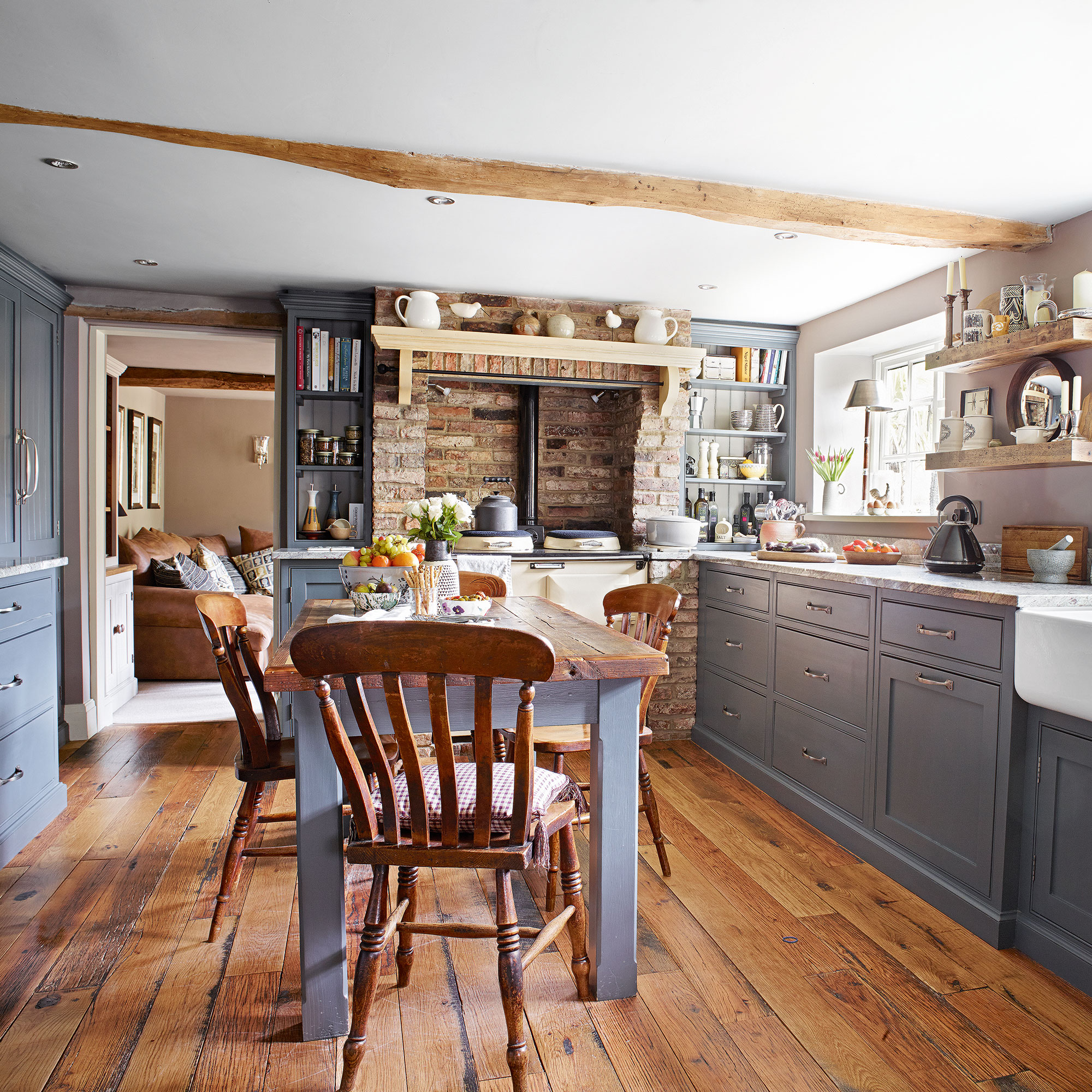
Even the best flooring ideas can be ruined by improper insulation. And while your floor may look pretty, it may be negatively affecting the warmth of your home and the price of your energy bills.
However, it’s easy to spot when there’s a problem. Caroline Hansson, Head of Design at Luxury Flooring & Furnishings explains, ‘An uninsulated floor is relatively easy to spot, as you’ll be able to feel a subtle draft when up close allowing cold air in and for warm air to escape, which in the cooler months will become increasingly obvious.’
Since heat rises, investing in floor insulation can make a big difference in your home. This comes in many forms, such as blanket floor insulation and foam spray insulation. Sometimes, though, you can improve the insulation by fixing any damage or cracks.
Caroline says, 'Particularly if you have older solid wood floors, you may find that they have shifted and there are some gaps in between planks. I’d advise filling these in where possible, as they can result in draughts and affect the efficiency of your heating.'
Suitable for everything from laminate to tiled floors, this injection kit will fill in any cracks or holes you have in your flooring to help insulate your home.
3. Cover up your windows

No window would be complete without some kind of window treatment, but what you might not realise is that certain window treatments can help insulate your home during the winter months.
Sophie Moore, Content Editor at Unbeatable Blinds explains, ‘One of the most affordable and easiest ways to insulate your home is to install thermal blinds. They use a special lining or thermal technology to prevent heat loss, keeping the cold out and the heat in, especially in the winter months.'
If you prefer curtains, thermal curtains exist, too. And according to the experts at Bionic, research has found that ‘thermal curtains could reduce heat loss through windows by up to 27% and save an average home up to £290 a year.’ They can even keep heat out in the summer, too.
As well as window dressings, there are other ways to insulate a home and stop losing heat through windows. 'Draught excluders along windowsills can provide a barrier against draughts coming from windows,' suggests Jenny Turner, Property Manager at Insulation Express.
Additionally, resealing the edges of window frames with self-adhesive foam tape - like this Self-Adhesive Window Insulation Tape from Amazon can also stop cold air from entering the room.
Dunelm are well-known for their thermal curtains, and these come in six different colourways so you can insulate your home while matching your home decor.
4. Protect your doorways
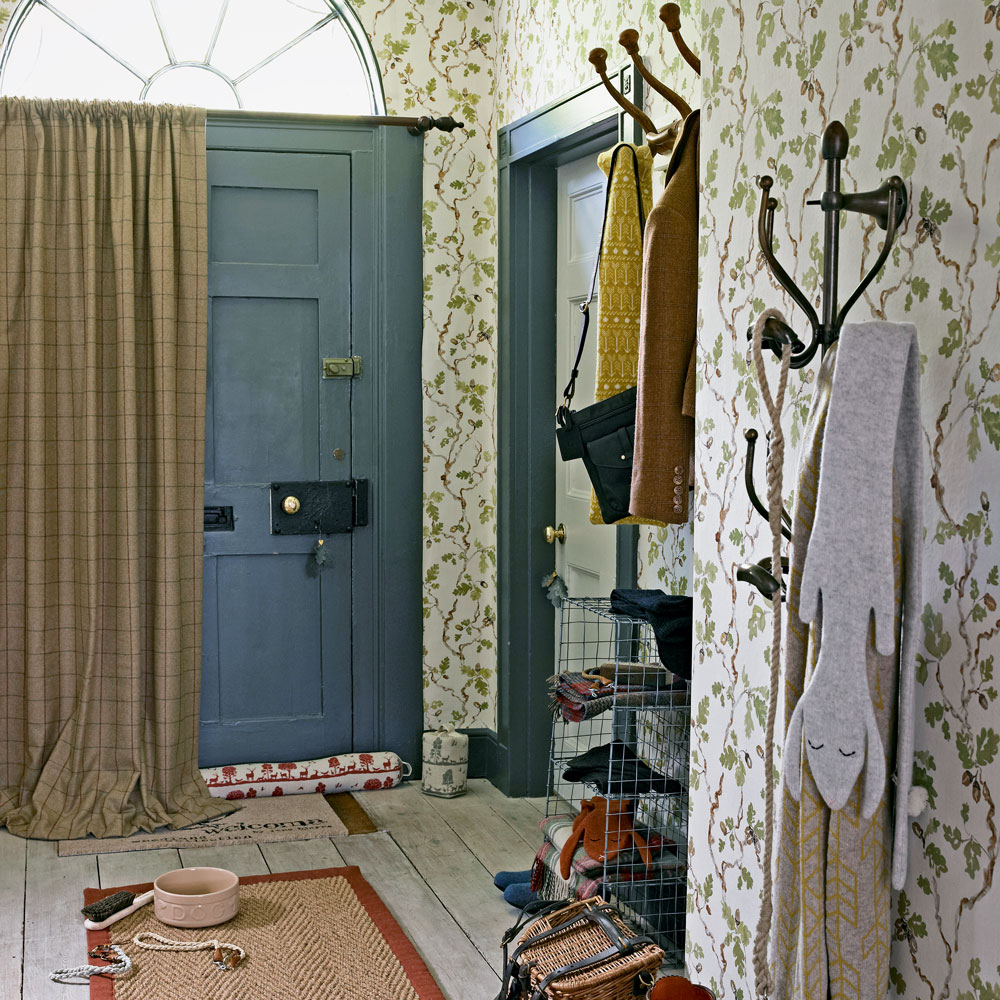
By design, doors need to open and close. But the problem with that is that they leave cracks and gaps for cold air to enter your house. So, if you want to insulate your home this winter, you need to protect your doors.
You can do this by fitting self-adhesive foam strips around your doors or buying door brushes - like this Stormguard Heavy Duty Bottom Door Brush from Dunelm - to keep any draughts at bay. In fact, gaps at the sides can be dealt with in the same way as windows to stop draughts from doors.
If you want something a bit more aesthetically pleasing, however, you could also use a fabric draiught excluder. The experts from Bionic say, ‘Use fabric draught excluders for the gaps under doors around the house, preventing cold air entering, and heat leaving areas you’re using.’
Draught excluders don't have to be an eyesore. This Habitat offering is soft and effective, and the boucle-style aesthetic is very on-trend.
5. Insulate your loft

While you may already know that warm air rises, what you might not realise is that cold air sinks. So, if your loft is not properly insulated this cold air can fall from your loft space down into your home.
According to Teresa Paul, Category Development Director of Sustainability at Wickes, ‘A quarter of heat is lost through the roof in an uninsulated home, so even with the heating on high, all the money and effort spent doing this is easily undone if it is poorly insulated. When installed correctly, loft insulation should pay for itself many times over in its 40-year lifetime.’
Of course, you should always do your research and decide which insulation is best for your home and how much you realistically need. But Jenny from Insulation Express says, ‘If you are using glass wool, sheep’s wool or loose fill, then the depth should be 300mm, and rock wool should be 250 millimetres.'
Of course, if you have a loft, you also need to be conscious of the draught that can be caused by your loft hatch. Dean Taylor, Founder of The Loft Boys says, ‘If your hatch is just a piece of MDF or similar, then that won’t be enough to keep the cold from entering your home.’
So, he’d suggest using foam strips around the loft hatch (similar to those you’d use around windows and doors) to stop any draughts from escaping.
6. Fill cavity walls

If your home was built between 1920 and 199, it probably has cavity walls, and knowing if you have this or not will affect how you insulate a home.
'Wall insulation is highly advantageous to keep costs low on your energy bills. Cavity wall insulation may already be in place in your property, and you can usually check the brick pattern to ascertain this,' advises Jenny from Insulation Express.
'If you have cavity walls and require polyurethane foam insulation, this will need to be installed by a professional who will drill holes into the external walls and inject the material before sealing with cement. Solid wall insulation, however, can be done by fitting rigid insulation boards to either the internal or external walls before covering them with plaster or cladding.'
So, always make sure you know the ins and outs of your specific property before you officially take steps to insulate your home.
7. Wrap cylinders and pipes
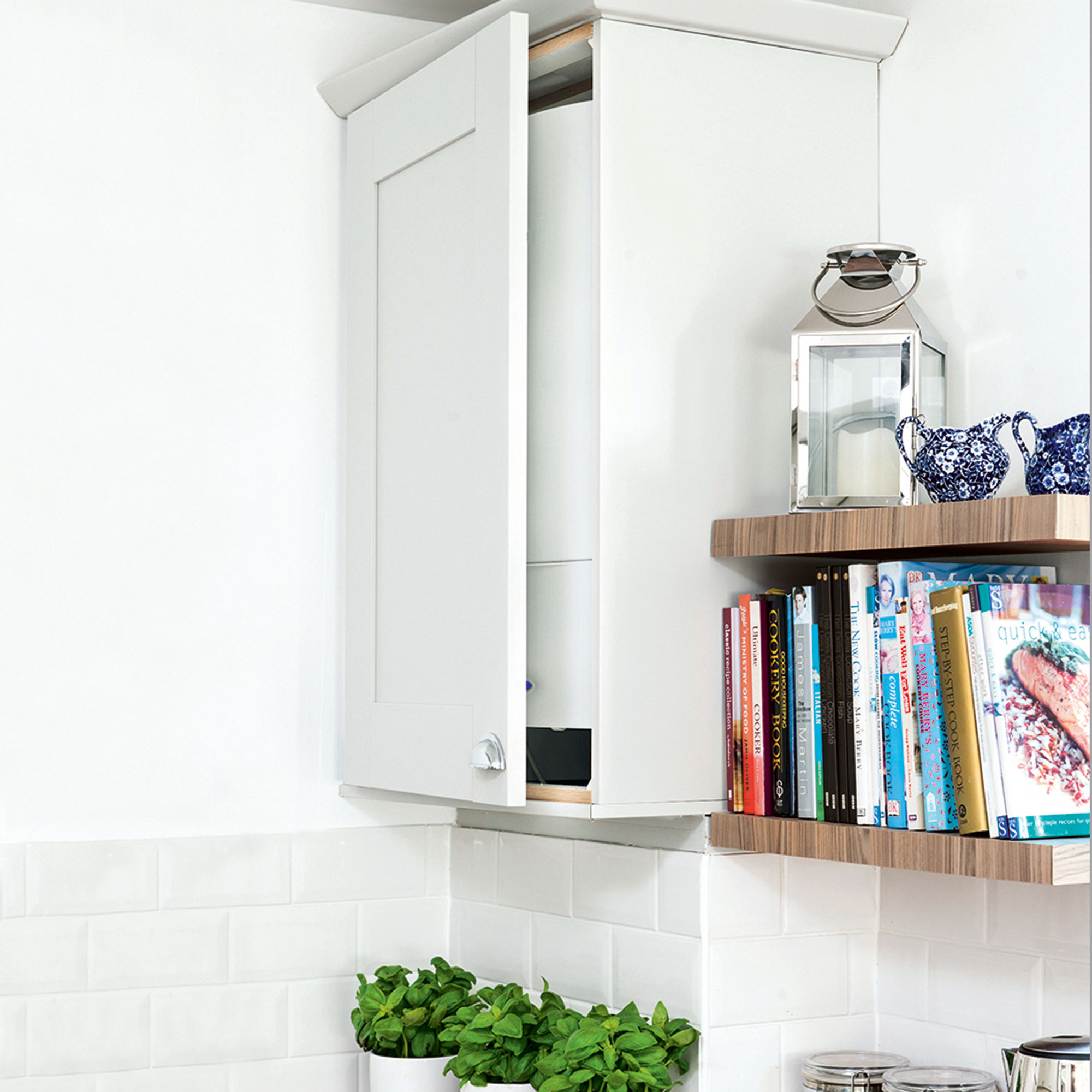
Hot water pipes exposed? While you might not think anything of this, leaving these out in the open can result in you wasting both money and precious energy. Instead, you should give them ‘jackets,’ which are essentially foam tubes that cover the exposed pipes between your hot water cylinder and boiler.
They're an easy and budget-friendly way to help, and in most cases, you won’t even see them if your pipes are concealed in a cupboard.
This idea is echoed by Caroline from Luxury Flooring & Furnishings, who says, ‘'Make sure that you lay ample insulation around any heating pipes. This way, you’ll keep them at their optimal temperature, and they shouldn’t lose any heat.'
Just make sure to find out your pipe diameter before buying, as you don’t want to buy the wrong size.
This pipe lagging can be wrapped around your exposed pipes to keep the heat in and stop it from escaping. This means they won't work overtime to heat your home.
8. Insulate behind radiators
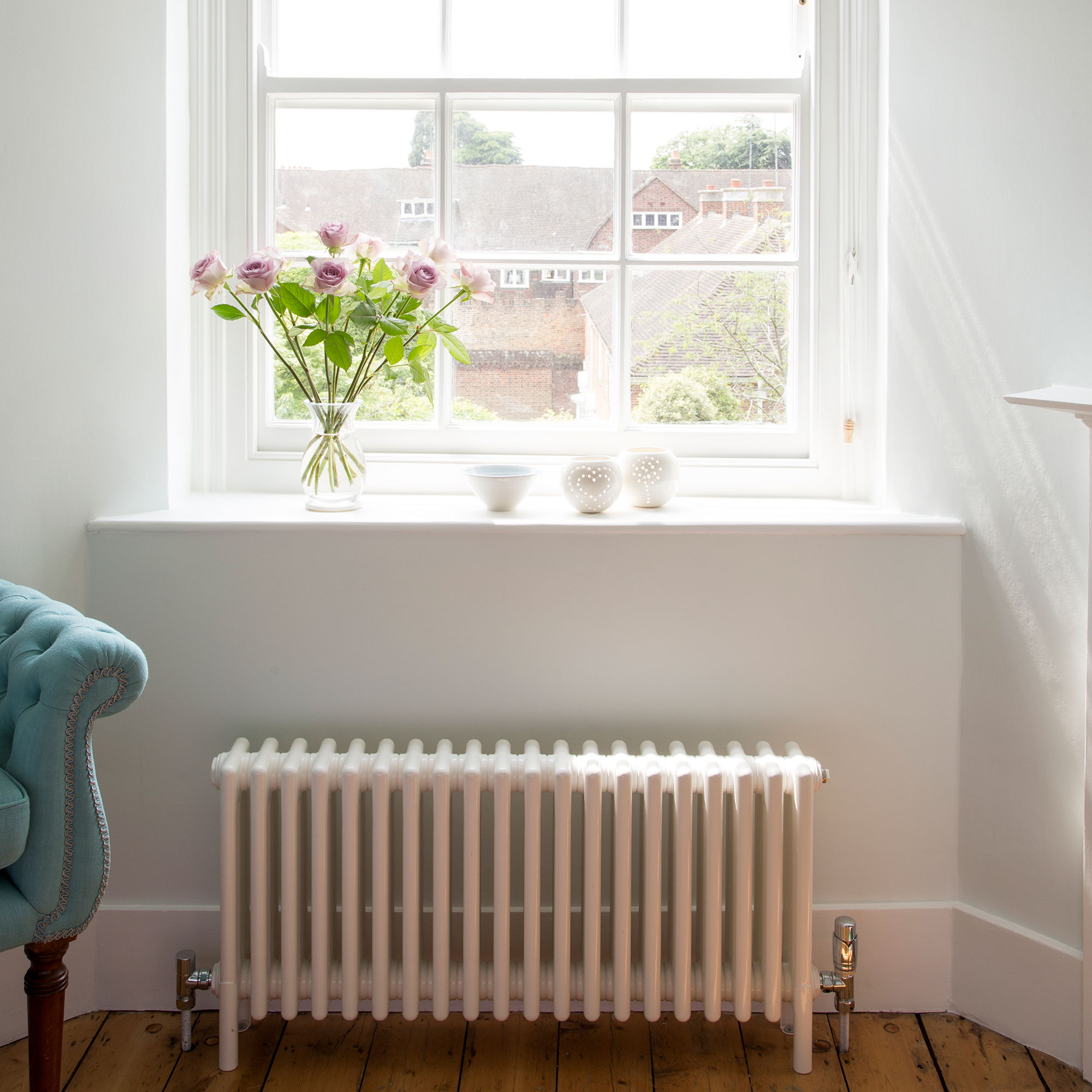
There’s a high chance that you already have tin foil in your home. But while you may reserve this product for your cooking exploits, have you ever considered using it to insulate your home? Well, this is a hack that has gone wild on TikTok.
After all, if you don't have any underfloor heating, then making your radiators as efficient as possible is key.
Stephen from Electric Radiators Direct explains, 'Traditional central heating radiators work at only about 50-70% efficiency. Placing silver foil behind them will reflect heat back into a room rather than letting it escape through the walls.'
But if you want to use something a little more professional than the tin foil from the supermarket, you can use dedicated radiator reflectors instead.
This reflective foil comes with self-adhesive pads so you can stick it to the back of your radiator with ease. One pack will also serve five radiators.
9. Damp-proof exterior masonry

While the idea of doing exterior insulation work may sound daunting, damp-proofing is extremely common - and it can also make a huge difference. And although you can enlist the help of a professional, you don’t necessarily have to call one.
Expertise by Candice Carmichael, Gas & Heating Engineer at TaskHer explains, ‘If you’ve already carried out most insulation tactics, consider damproofing your exterior masonry. The cream works by keeping solid internal wall insulation dry, therefore increasing the thermal efficiency of walls.’
She adds, ‘This is a very simple, affordable way to improve your home's insulation and the product can be bought from most DIY stores. Simply apply the cream with a roller or brush to the outside of your home and let it dry, making sure there’s no chance of rain when applying it to give the product sufficient time to dry.’
FAQs
Can you insulate a house without removing walls?
Yes, you can. In today’s modern world there are so many ways to insulate a home without removing any walls. In many cases, insulation can simply be drilled into your walls and injected quickly.
You can also build stud walls and fill them with insulation or re-plaster your interior walls with thermal plaster. Just make sure that you understand all of your options and whether they could benefit your specific home before going ahead with this.
Can you over-insulate a house?
Yes, you can over-insulate your house. While you may feel inclined to use various methods to insulate your home, it’s important to note that too much insulation can lead to serious problems.
Although you want to keep draughts out, you also need to allow your house to breathe. If not, you may find that you suffer from a build-up of moisture which can lead to damp and mould problems.
So, insulate your house, but don’t overdo it. If you’re ever in doubt, always contact a professional.
Now you know how to insulate a home to keep heat from escaping this winter, which methods will you be trying out?







